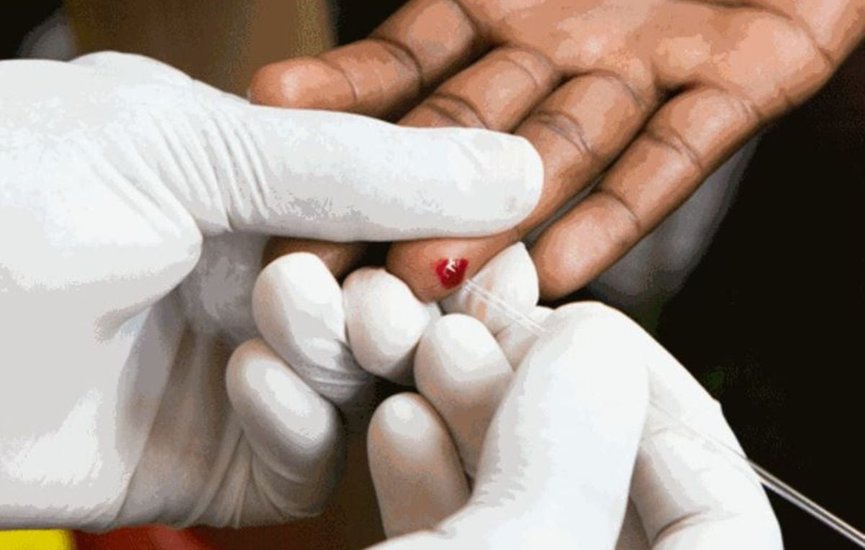UN Warns of Reversal in HIV/AIDS Progress Amid Global Funding Cuts
A new UNAIDS report highlights the dramatic progress made in fighting HIV/AIDS over the past decades but warns that recent drastic cuts in funding by several donors threaten to reverse these gains. Since 2010, new HIV infections have dropped by 40%, and over 26 million lives have been saved. Sub-Saharan Africa, the epidemic’s epicenter, has seen a 56% decline in new infections, with some countries on track for a 90% reduction by 2030.
Much of this success traces back to the US-led President’s Emergency Plan for AIDS Relief (PEPFAR), launched in 2003, which has invested more than $100 billion globally. South Africa, with the highest HIV burden worldwide (7.7 million people living with HIV), has benefitted significantly, seeing a 66% decrease in AIDS-related deaths since 2010.
However, recent cuts under the Trump administration have forced concern that infection rates, tuberculosis cases, and other infectious diseases may rise again. Experts warn these funding reductions also jeopardize ongoing research for vaccines, cures, and surveillance infrastructure critical to combating HIV and emerging viruses.
Notably, South Africa has been a key player in HIV research, contributing to the development and trials of preventive medications like PrEP and the newly released injectable Lenacapavir, which offers twice-yearly protection against HIV.
Without urgent global action to restore and increase funding, UNAIDS estimates an additional six million new HIV infections and four million AIDS-related deaths could occur by 2029.
